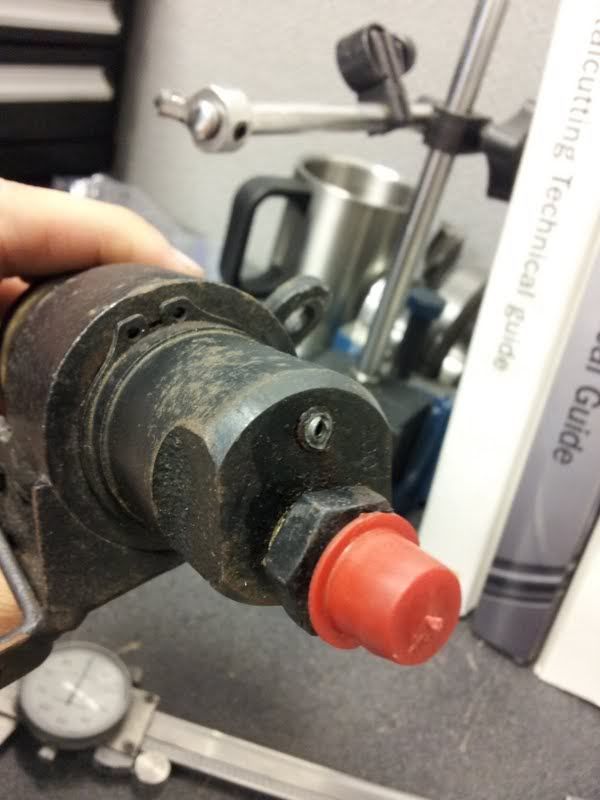Working on getting my new car on the road. Right now I have a soft petal with no return. I initally was thinking it was the clutch master cylinder. After doing extensive searching and research on the forum, I have found a variety of ways to go about replacing it. Some advice to do the hole saw/ plug, while others say its not as bad if your small, nimble and mechanically inclinded. From what i can tell, I have the stock master right now. Was looking at getting the Wilwood .750" from SACC restorations, as people seem to speak highly of them and I will be placing an order for brake upgrades too.
My specific question is this: does anyone have experience with this Wilwood master cylinder? It looks like one way or another i need to cut off the 37 degree fitting and do a double flare. I also read on here about people adusting the throw or changing it? I am really looking for something that will be as close to "bolt on" as possible. My automotive knowledge is intermediate, and while i have the skills to work through alot of customization, I am on limited funds and limited time, as my goal is to get the car on the road by the middle of september.
Any pictures, advice, or general encouragement would help! thanks...this site offers a plethrow of information for somebody new to the Pantera Community.
Original Post



